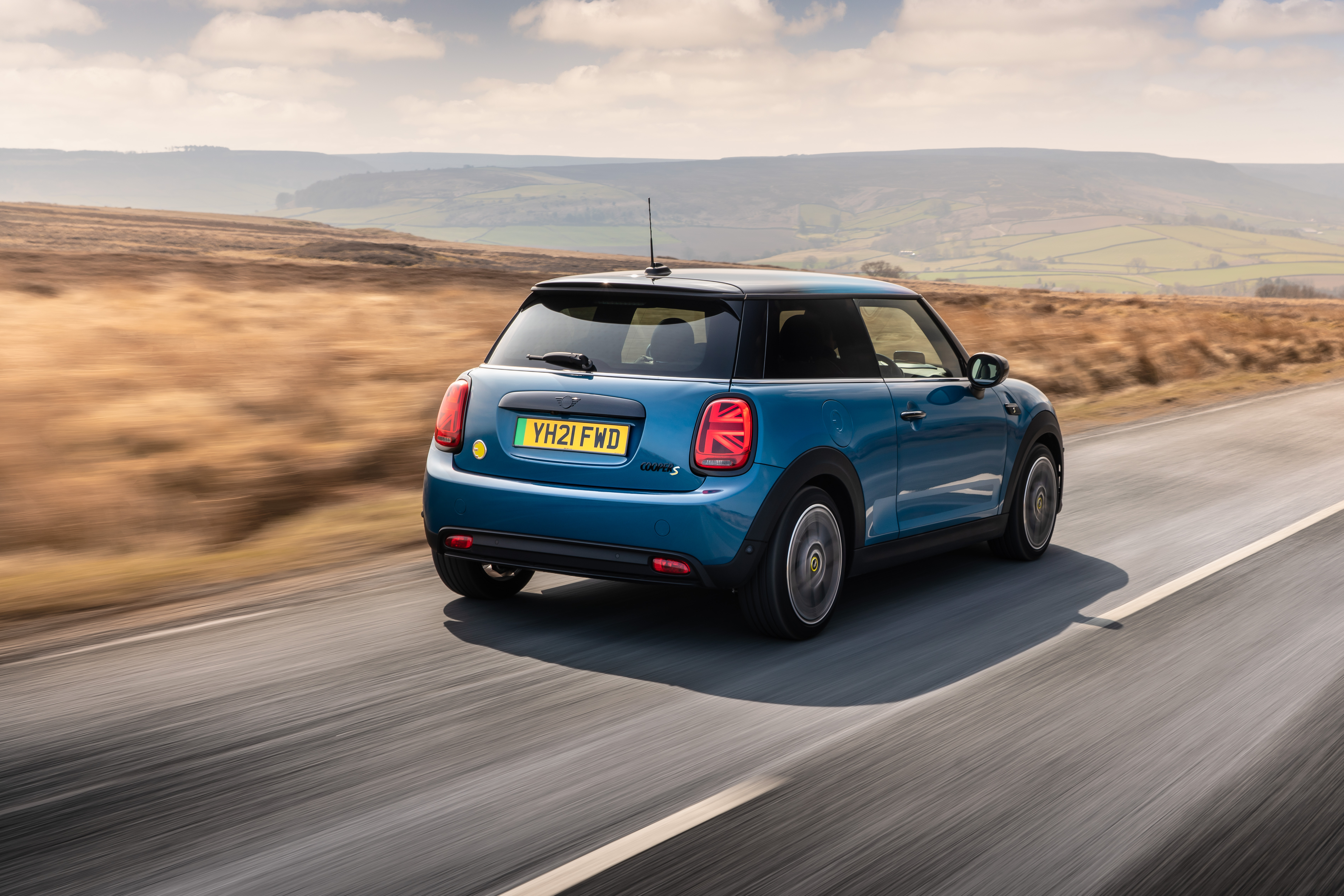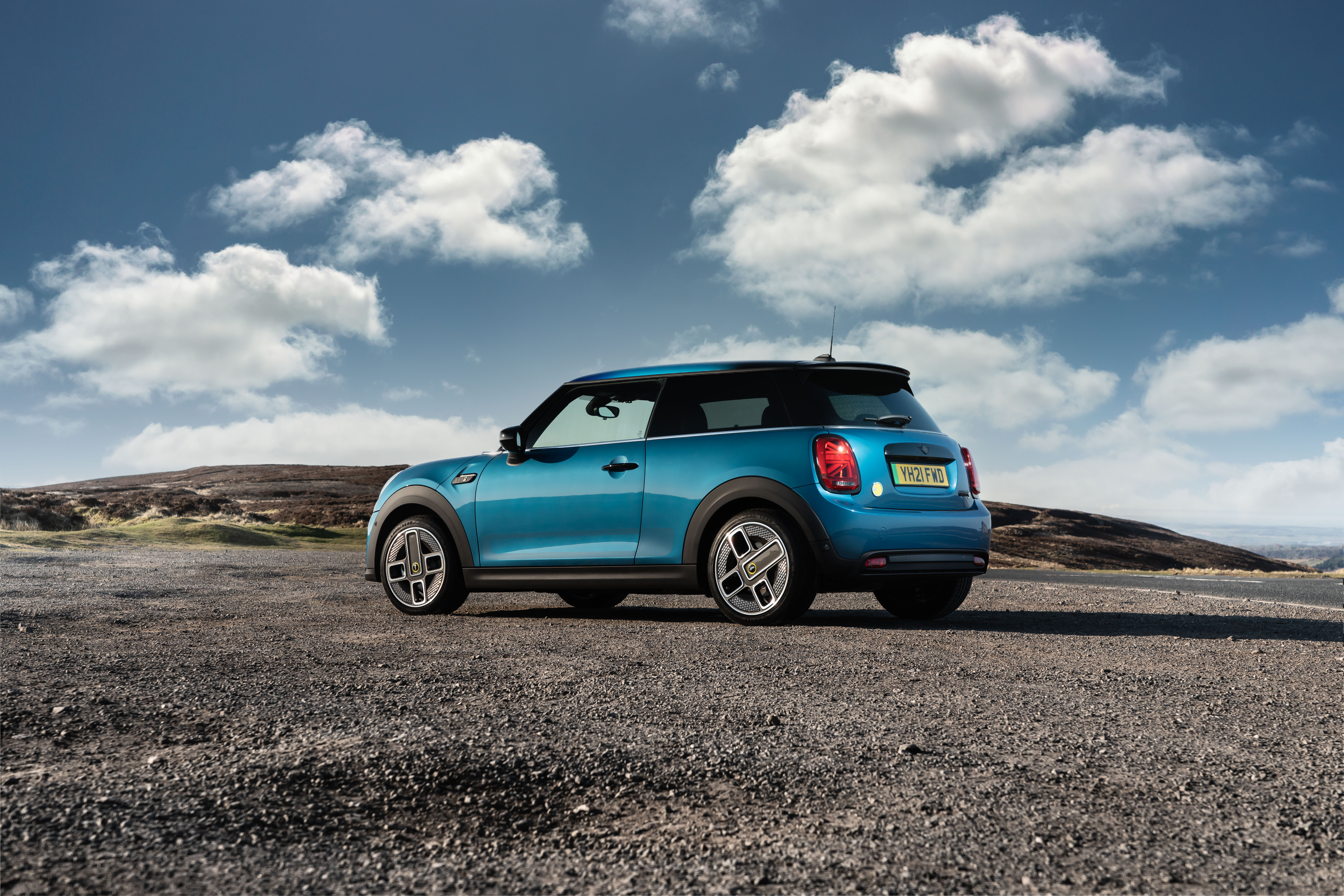First drive: The updated Mini Electric is as charming as EVs get
Just a year after its introduction, Mini is back with an update for the Electric. Ted Welford gets behind the wheel to see what’s changed.

What is it?

There are some big changes currently happening in the automotive world, which mainly involves companies working out how on earth to transform from selling petrol and diesel cars to purely electric options.
For Mini, it’s planning to launch its last new petrol car in 2025 (the popular Hatch) and will go full-EV in the early 2030s. For the time being, though, there’s just the one battery-powered option – the no-nonsense-named Electric. Launched at the start of 2020 and built in Oxford, it’s done well and has actually seen growth during the coronavirus pandemic as many buyers looked for more sustainable options and suddenly were doing less miles.
Just over a year after its launch, Mini is back with further updates, but can it remain competitive against a growing number of rivals?
What’s new?

Just about all the changes on the Electric are cosmetic, with this model benefitting from the same updates seen on the standard three-door Hatch, which it’s closely connected to. That means you get a bigger grille and more gloss black styling elements, along with a redesigned front bumper.
Inside, all versions benefit from a larger 8.8-inch touchscreen, which has been redesigned to act more like a smartphone. The final key change is the introduction of a limited-edition ‘Electric Collection’ version, which brings access to a range of new colour options, as well as a cool new ‘Multitone roof’, which has an unusual gradient-like effect that sees three colours blended into one.
What’s under the bonnet?

One thing that hasn’t changed on the Mini Electric, though, is the powertrain, which combines an electric motor producing 181bhp and 270Nm of torque with a 32.6kWh battery.
Like before, it’s badged as a ‘Cooper S’, and for good reason as that’s the kind of hot hatch performance it delivers – the sprint from 0-60mph taking only a fraction over seven seconds.
The small battery does mean the range is quite weak next to rivals, though. Mini claims 145 miles, but you’re likely to see closer to 100 in real-world driving. Though it does count the model out for high-mileage drivers, it can rapid charge at 50kW, which would see a charge to 80 per cent take just 36 minutes. Plugging into a 7.4kW wallbox will take three hours and 12 minutes.
What’s it like to drive?

Though EVs often impress with their instant acceleration off the line, they often disappoint when it comes to the twistier stuff, what with the additional heft of the battery that needs to be pushed through corners.
But here, Mini has managed to retain the same charm as the regular Hatch, with the model feeling nearly every bit as agile and nimble. Combined with brisk performance, it means darting down a back road will leave you beaming from ear to ear in a way that just about no other EV on sale today can manage.
Our ‘Level 1’ test car on its small alloy wheels also offers a comfortable ride which soaks up bumps well, though it’s still pretty firm, as is typical of EVs.
How does it look?
If you’re after a ‘normal-looking’ EV, there are few better options than this Mini, which shares an uncanny resemblance with the standard three-door Hatch. The eagle-eyed may spot EV-specific wheels, yellow detailing (though even this can be removed) and the noticeable lack of an exhaust tip at the rear, but this really is an electric car you could drive and nobody would ever know.
In terms of design changes on this updated model, there’s a new wider grille that helps to give the Mini more stance on the road, while the front round positioning lights are no more and are replaced by new vertical slats in the bumper. There are also more blacked-out elements as well, including for the grille surround and within the LED headlight clusters.
What’s it like inside?

As an execution of how good a small car’s interior can be, the Mini Electric is hard to beat. Not least thanks to the new 8.8-inch touchscreen, which is housed neatly in the central cluster – where the speedometer was found not so long ago, With new displays and the option to still use a rotary dial as well as the touchscreen, it’s one of the best systems around.
Up front, space is also very generous, with plenty of adjustment for even taller drivers. But just like the regular Hatch, it’s not a practical supermini in other areas, with poor rear seat space and a dinky boot limiting its appeal. Unlike the normal petrol Mini, there’s no five-door option with the Electric, either.
What’s the spec like?

The Electric takes a different approach to trims than other Minis, with buyers having three Levels to choose from – 1, 2 and 3.
Our test car was the lowest spec ‘1’, though it still included plenty of equipment as standard, such as cruise control, ambient lighting, 16-inch alloy wheels and an 8.8-inch touchscreen with satellite navigation.
The Level 2 is more attractive, though, adding features such as a reversing camera, heated front seats and keyless entry, while the plush Level 3 gains upmarket features like Matrix LED headlights, a head-up display, glass sunroof and leather upholstery.
Pricing kicks off from £26,000 including the plug-in car grant, which actually undercuts rivals such as the Peugeot e-208 and Vauxhall Corsa-e (though these admittedly have a longer range). High-spec models aren’t cheap, though, with the Level 3 costing a rather steep £32,000.
Verdict

Updates might be subtle on this latest Mini Electric, but a more attractive design and improved touchscreen system really build on what was already a very enticing car. Where driving enjoyment is concerned, there really isn’t a compact EV that can get close to this Mini.
While a small electric range and compromised practicality will limit this Mini’s appeal, it remains as charming as ever. There are certain cars that electrification suits better than others, and in the case of this Mini, it’s a perfect match, and one that bodes well for our fully electric future.





